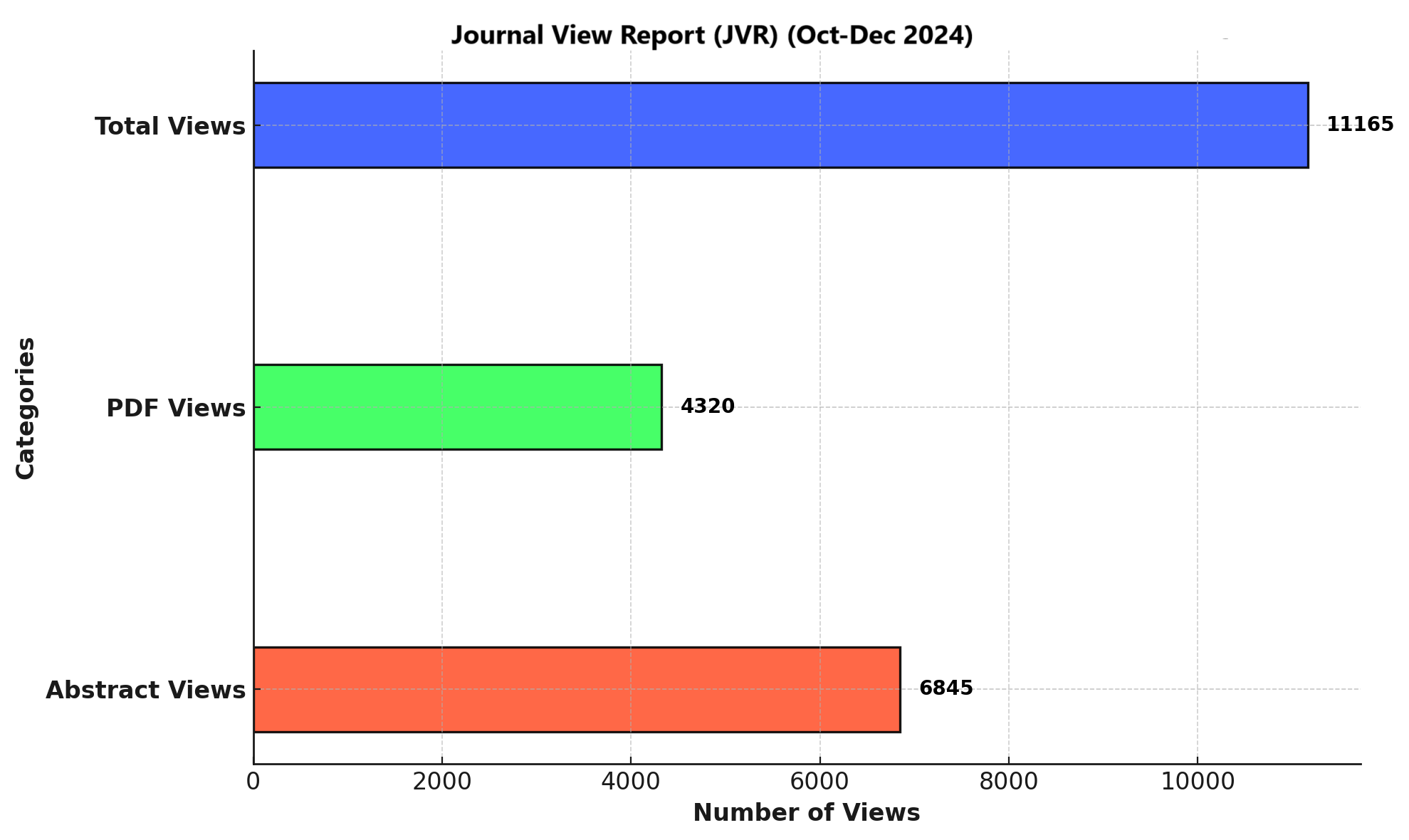COMPARATIVE EFFICACY OF 0.1% INTRALESIONAL BLEOMYCIN VERSUS 0.05% INTRALESIONAL BLEOMYCIN IN PATIENTS WITH WARTS
DOI:
https://doi.org/10.71000/qsgzwa88Keywords:
Bleomycin, Dermatologic Agents, Human Papillomavirus, Intralesional Injections, Skin Diseases, Treatment Outcome, WartsAbstract
Background: Warts are benign epithelial proliferations caused by human papillomavirus (HPV) and represent a frequent dermatological complaint. While many treatment options exist, intralesional bleomycin has emerged as a viable therapy, particularly for recalcitrant lesions. However, there remains variability in clinical response depending on concentration used, and standardized dosing protocols are still lacking. Identifying the most effective concentration with minimal adverse effects is essential to guide optimal clinical practice.
Objective: To compare the clinical efficacy of 0.1% versus 0.05% intralesional bleomycin in the treatment of common warts.
Methods: This experimental study was conducted from July 2024 to January 2025 in the dermatology outpatient department of Lady Reading Hospital, Peshawar. A total of 60 patients with clinically diagnosed common warts were enrolled and randomly divided into two equal groups. Group A received intralesional bleomycin 0.1% and Group B received 0.05%. Following lesion paring and antiseptic cleansing, a single session of bleomycin was administered based on wart size. Patients were evaluated at 2, 4, and 6 weeks post-treatment for resolution and adverse effects. Complete resolution was defined as the total absence of visible wart.
Results: Group A had a mean age of 30.43 ± 11.18 years, while Group B had a mean age of 28.33 ± 11.38 years. Complete wart resolution was achieved in 27 out of 30 patients (90.0%) in Group A, compared to 20 out of 30 patients (66.7%) in Group B. The difference in clearance rates was statistically significant (p = 0.02).
Conclusion: Intralesional bleomycin at a 0.1% concentration is significantly more effective than 0.05% for the treatment of common warts, offering higher resolution rates with minimal adverse effects.
Downloads
Published
Issue
Section
License
Copyright (c) 2025 Aroosa, Alshifa Khan Afridi, Sadaf Malik, Saba Naz (Author)

This work is licensed under a Creative Commons Attribution-NonCommercial-NoDerivatives 4.0 International License.







